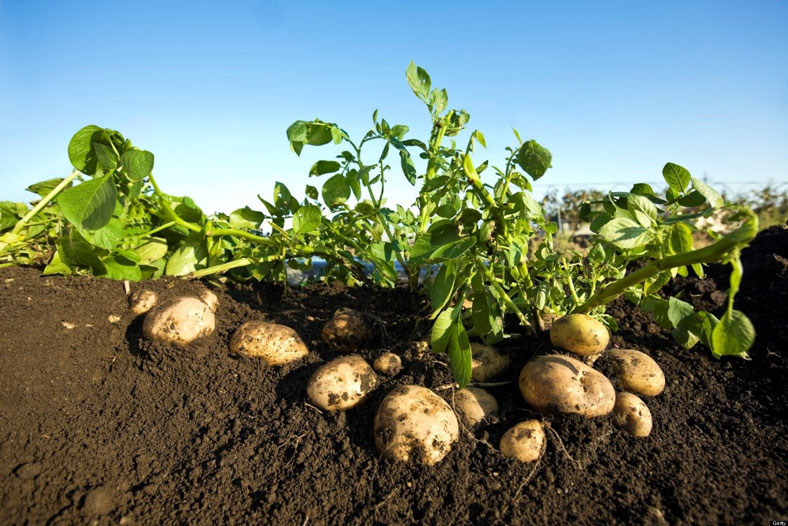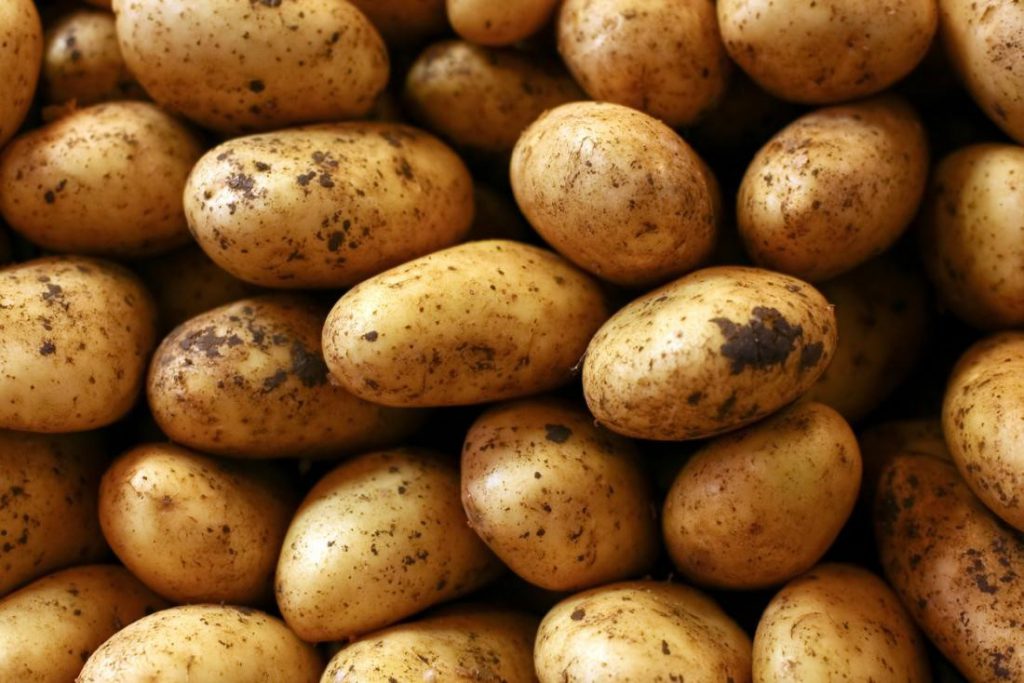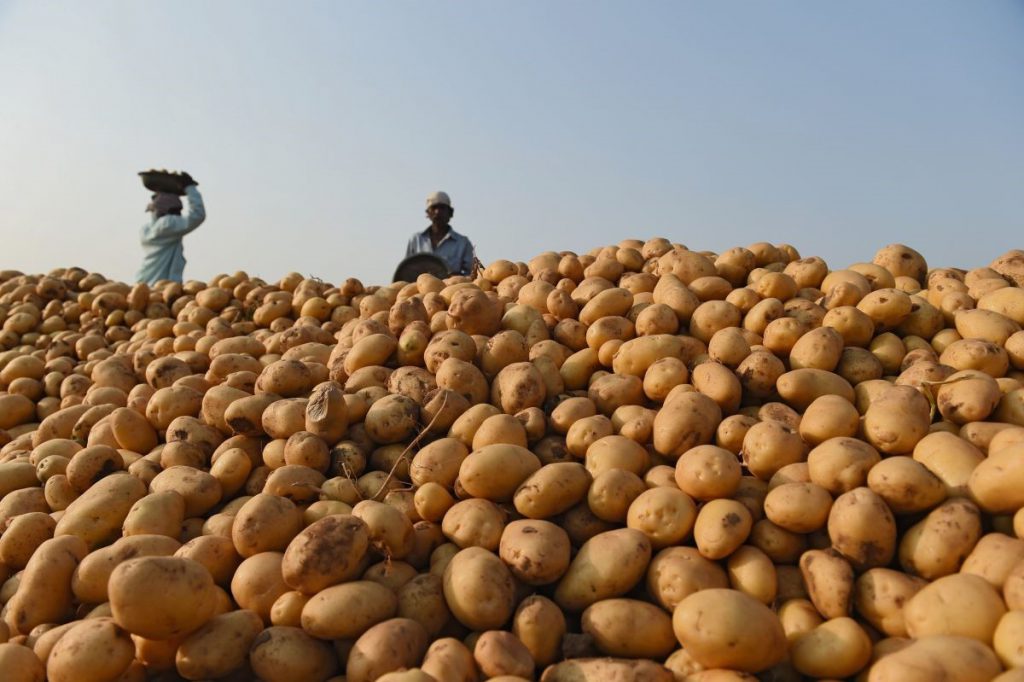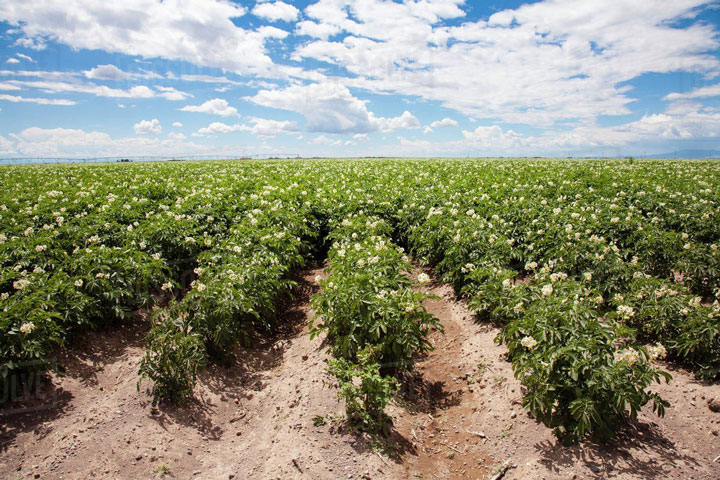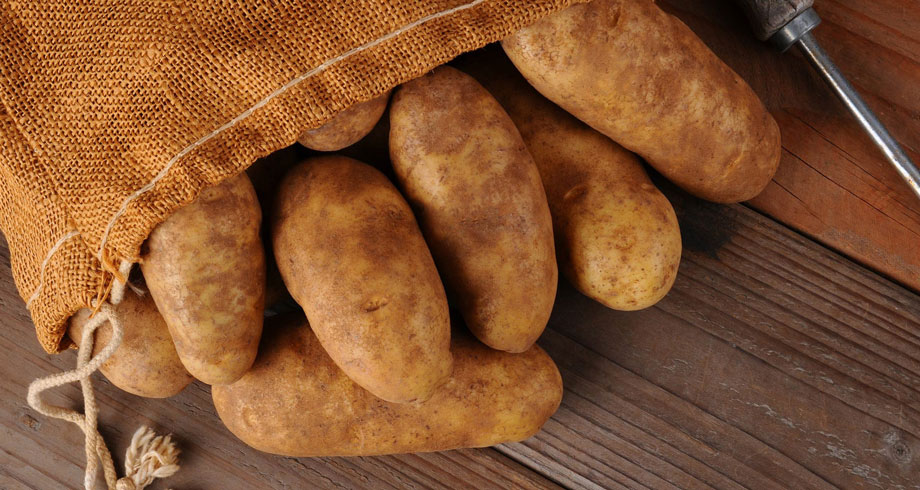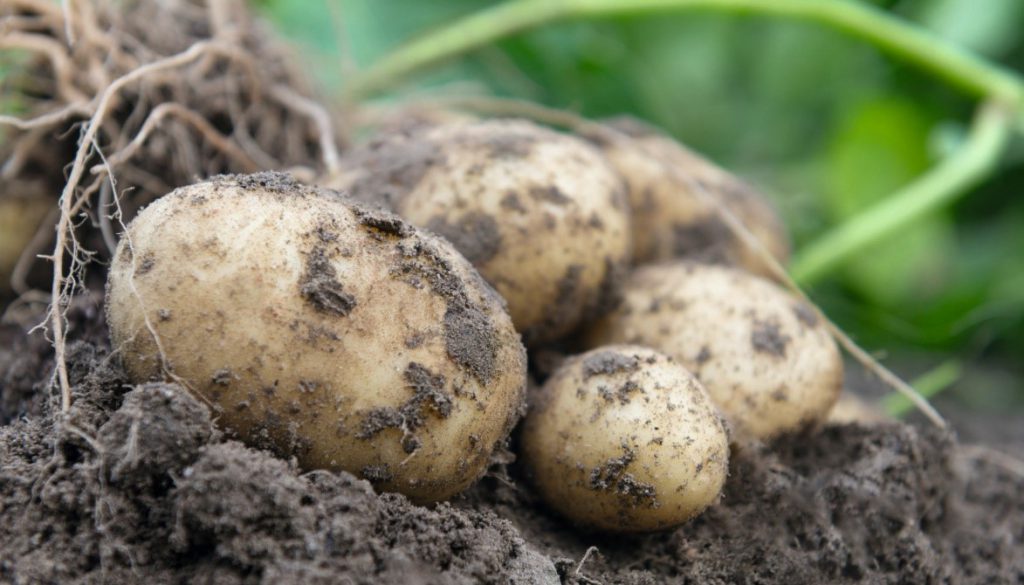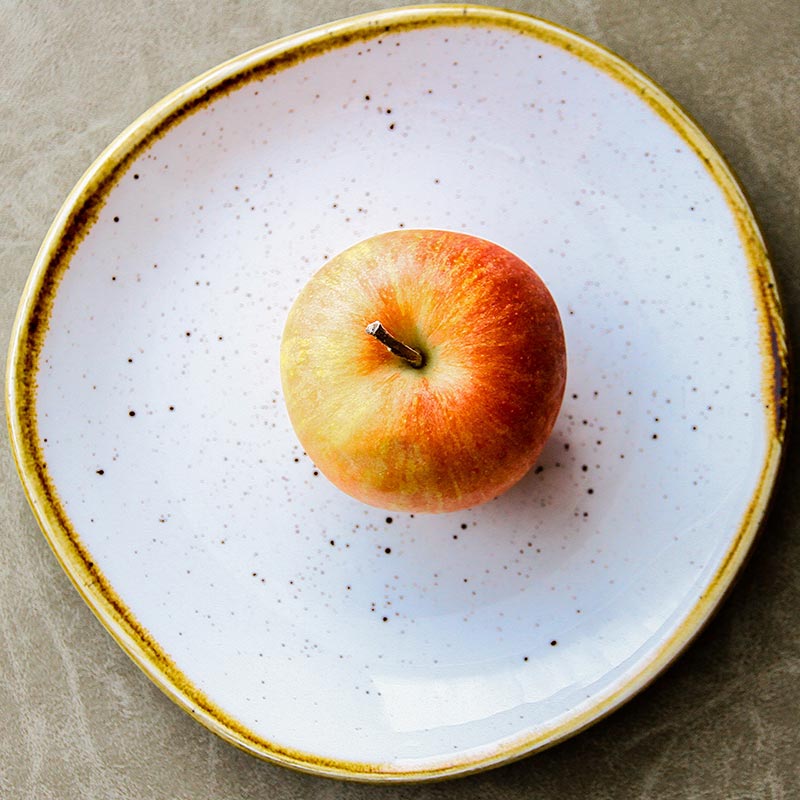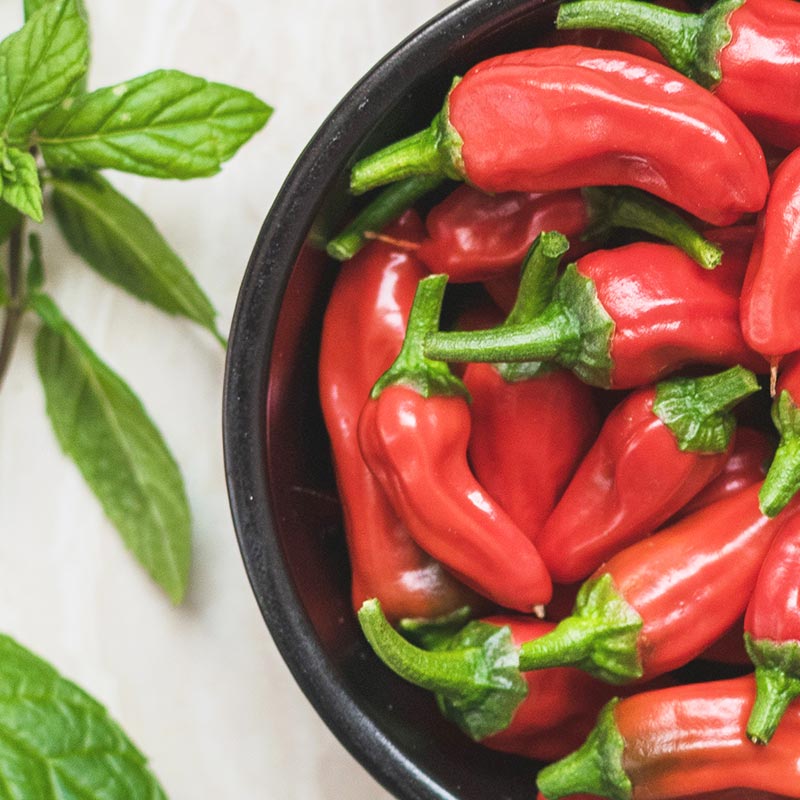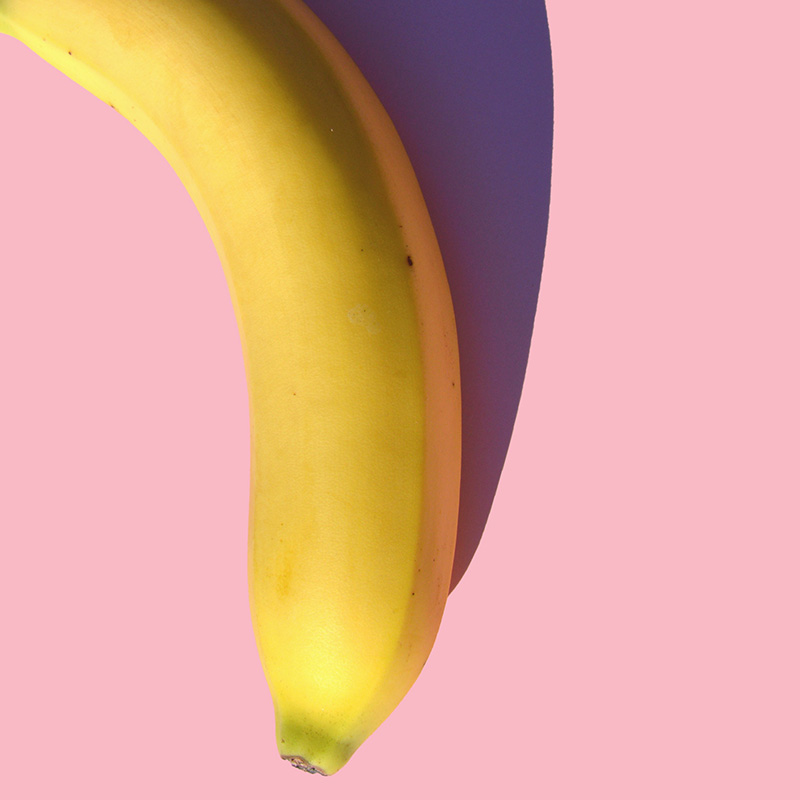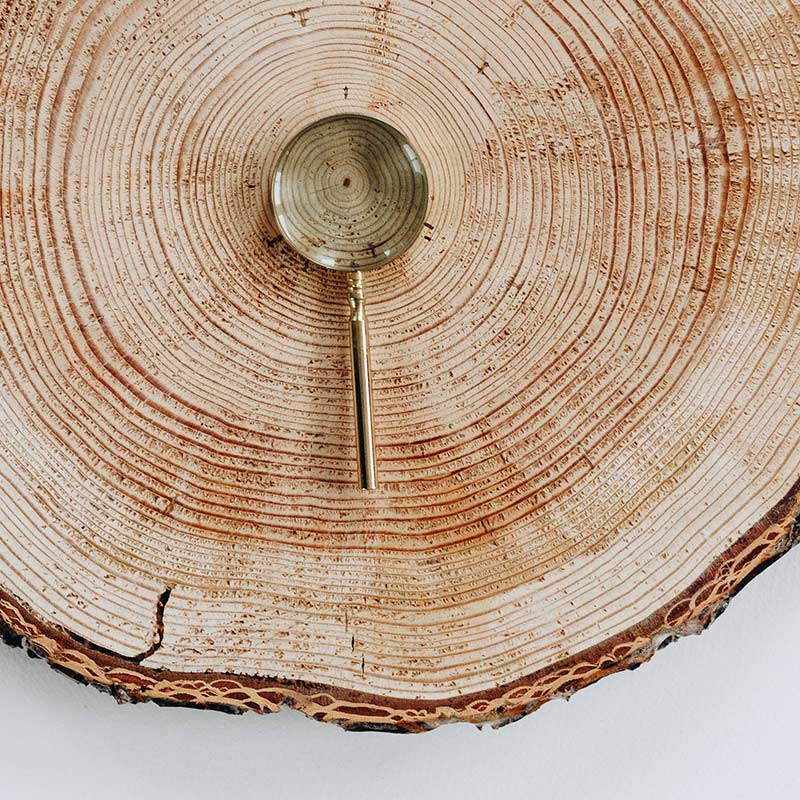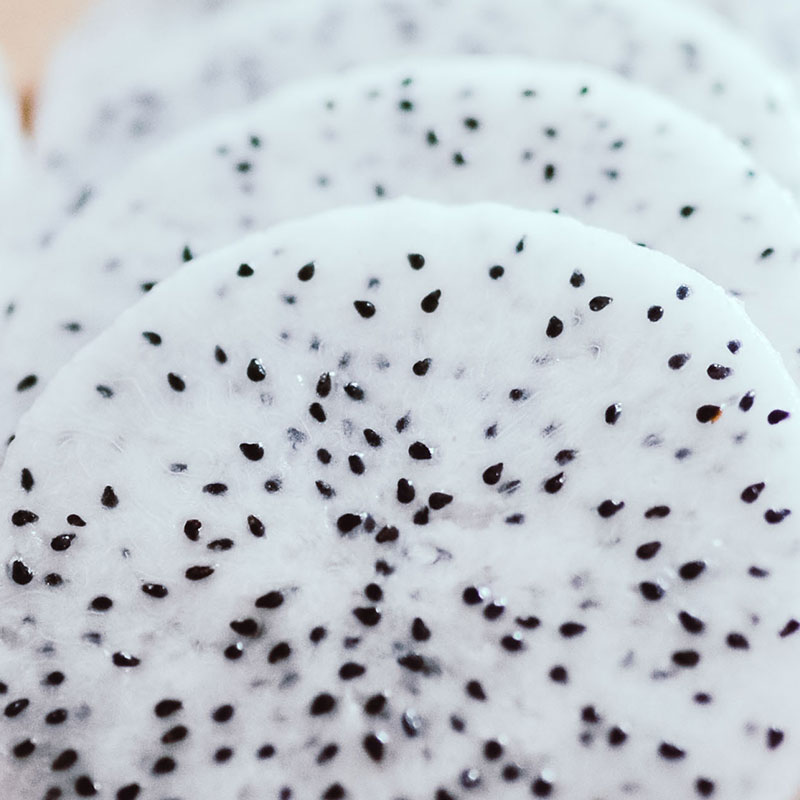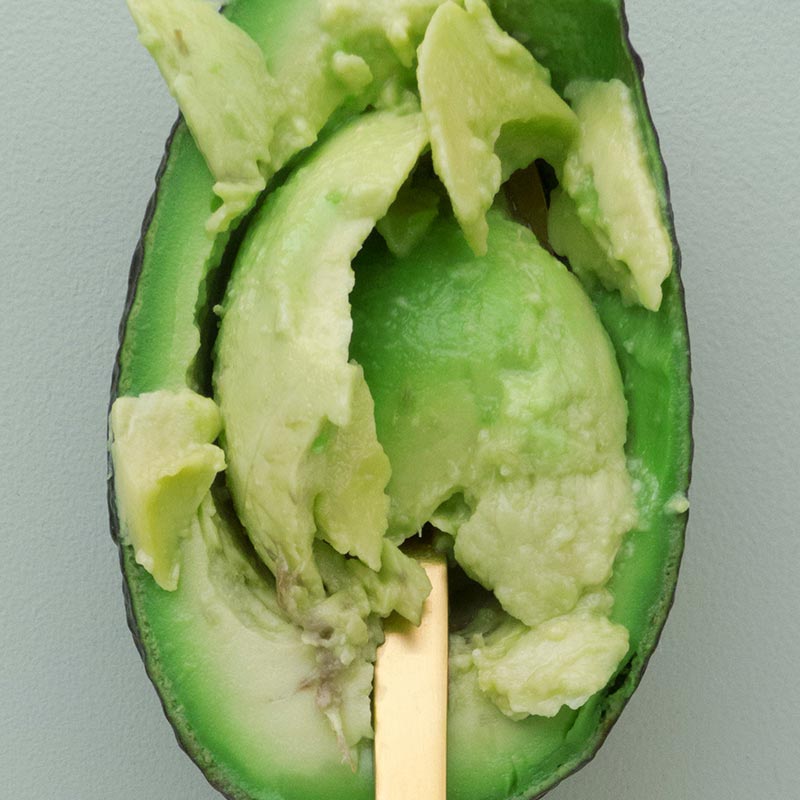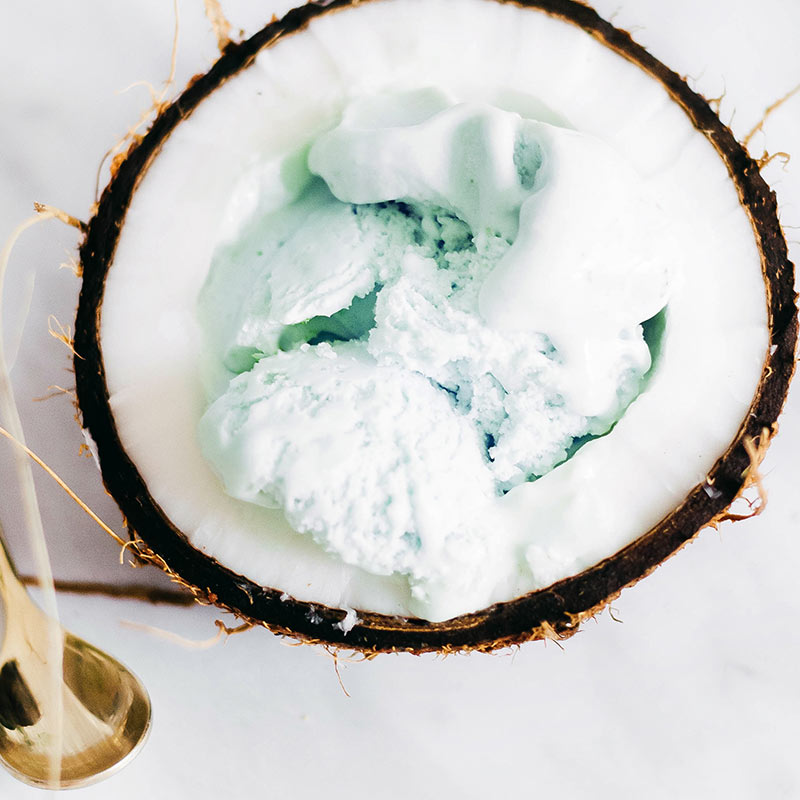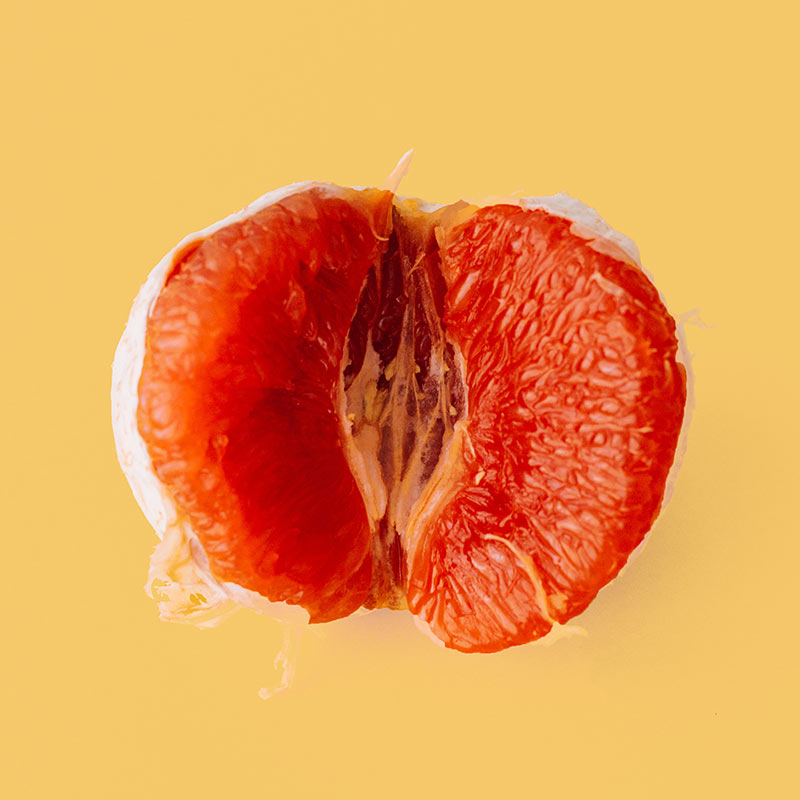The potato is a root vegetable, a starchy tuber of the plant Solanum tuberosum, and the plant itself, a perennial in the family Solanaceae, native to the Americas.
Wild potato species can be found throughout the Americas, from the United States to southern Chile. The potato was originally believed to have been domesticated by indigenous peoples of the Americas independently in multiple locations, but later genetic testing of the wide variety of cultivars and wild species traced a single origin for potatoes. In the area of present-day southern Peru and extreme northwestern Bolivia, from a species in the Solanum brevicaule complex, potatoes were domesticated approximately 7,000–10,000 years ago. In the Andes region of South America, where the species is indigenous, some close relatives of the potato are cultivated.
Potatoes were introduced to Europe from the Americas in the second half of the 16th century by the Spanish. Today they are a staple food in many parts of the world and an integral part of much of the world’s food supply. As of 2014, potatoes were the world’s fourth-largest food crop after maize (corn), wheat, and rice.
Following millennia of selective breeding, there are now over 1,000 different types of potatoes. Over 99% of presently cultivated potatoes worldwide descended from varieties that originated in the lowlands of south-central Chile, which have displaced formerly popular varieties from the Andes.
The importance of the potato as a food source and culinary ingredient varies by region and is still changing. It remains an essential crop in Europe, especially Northern and Eastern Europe, where per capita production is still the highest in the world, while the most rapid expansion in production over the past few decades has occurred in southern and eastern Asia, with China and India leading the world in overall production as of 2014.
Being a nightshade similar to tomatoes, the vegetative and fruiting parts of the potato contain the toxin solanine and are not fit for human consumption. Normal potato tubers that have been grown and stored properly produce glycoalkaloids in amounts small enough to be negligible to human health, but if green sections of the plant (namely sprouts and skins) are exposed to light, the tuber can accumulate a high enough concentration of glycoalkaloids to affect human health.
There are close to 4,000 varieties of potato including common commercial varieties, each of which has specific agricultural or culinary attributes. Around 80 varieties are commercially available in the UK. In general, varieties are categorized into a few main groups based on common characteristics, such as russet potatoes (rough brown skin), red potatoes, white potatoes, yellow potatoes (also called Yukon potatoes) and purple potatoes.
In 2016, world production of potatoes was 377 million tonnes, led by China with over 26% of the world total (see table). Other major producers were India, Russia, Ukraine and the United States. It remains an essential crop in Europe (especially northern and eastern Europe), where per capita production is still the highest in the world, but the most rapid expansion over the past few decades has occurred in southern and eastern Asia.


